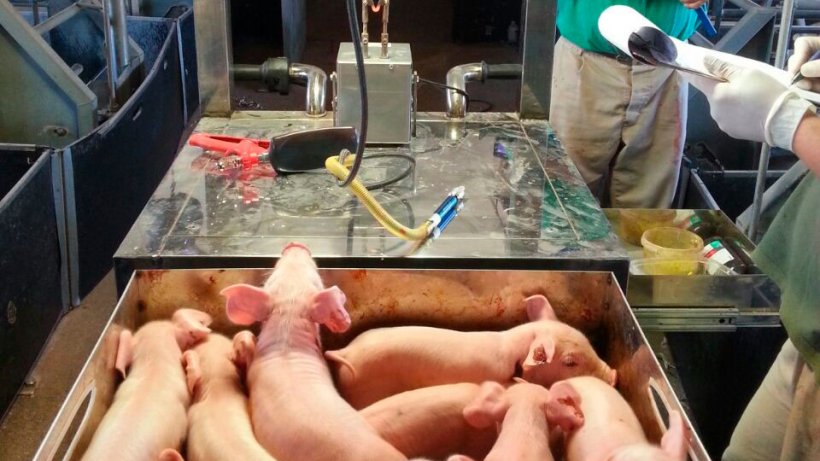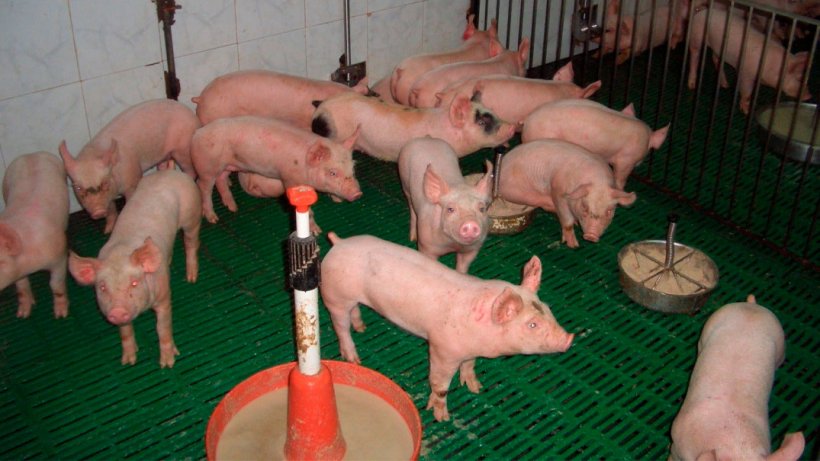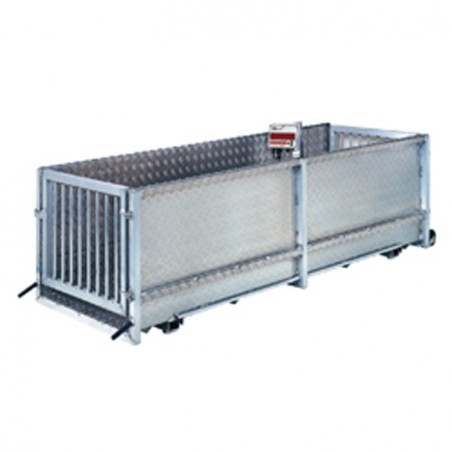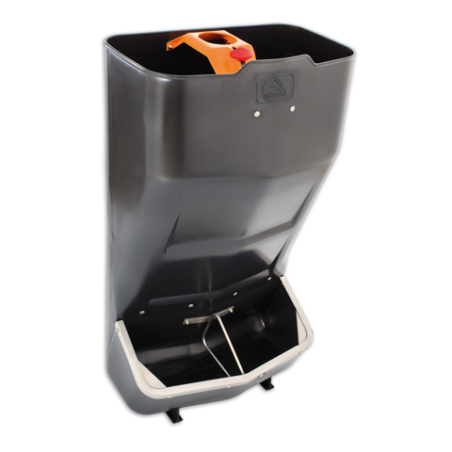Introduction
The bacteria Escherichia coli is located in the small intestine of piglets, both sick and healthy, where it proliferates between 3 and 10 days after weaning, causing digestive problems of varying intensity and duration depending on multiple associated factors. Feeding of piglets during lactation and in the days after weaning is one of the main risk factors that trigger proliferation and, therefore, one of the main targets of prevention and control measures; even more so in this time and age, where we must make responsible and safe use of antibiotics, while at the same time, considering to stop the inclusion of colistin and zinc oxide in the feed.

In these days after weaning, the intestinal transit is slower and there is a gastric stasis, which gives digestive flora the opportunity to multiply and attack the digestive mucosa. Incorrect environmental and handling conditions also modify the intestinal transit time.
There is an important correlation between the digestive immune system, that produces 2/3 of the immune defence cells at this stage, and the development of certain digestive pathologies. In the same way, the balance of the digestive flora determines a better immune response. The intestinal flora is established 48 hours after piglets birth and it evolves during lactation, leading to considerable changes in the first week after weaning. The alteration of the saprophyte digestive ecosystem will be the basis of digestive disorders.
It is essential to take into account that many of the digestive problems of piglets, in the weeks after weaning, have their origin in causes not related to E. coli, and that are mentioned below (Table 1), and those should be considered globally:
Table 1. Global approach to post-weaning diarrhoea in piglets.
| Bacteria | Viruses | Parasites | Nutrition | Others |
| E. coli | Rotavirus | Cryptosporidia | Protein | Sanitation |
| C. perfringens | Coronavirus | Ascaris suum | Fat | Downtime |
| L. intracellularis | SRRPv | Trichuris suis | Starch | Environment |
| Brachyspira sp | PCV2 | Fibre | Density | |
| Salmonella sp | Vitamins | Antibiotics | ||
| Minerals | Drinking water | |||
| Mycotoxins | Feed: use | |||
| Ionic Balanc (Na-Cl-K-Ca/P) |
Preventive Practices
The objective of this brief work is to review what can be done to minimize the risk of post-weaning diarrhoea. We will refer to the practical measures that we apply in our daily work with good results. Those measures, listed below, must be considered as a whole and never individually:

Figure 1. Adequate piglet weight at birth/weaning.
- Related to the breeding sow:
- Adequate feeding curve in gestation to minimize the number of low-weight piglets and to obtain a good development of the embryonic-foetal digestive system.
- Maximize feed consumption in lactating sows to improve milk production and, consequently, piglets’ weight at weaning.
- Minimize the use of oral antibiotics and use probiotics during gestation and lactation to have a balanced microflora that the sow will also transmit to their piglets.
- Strict All-In- All-Out in farrowing rooms and flat decks. Washing with hot water and detergent, use of disinfectants that are rotated minimum once a year, and a minimum downtime with no animals in the room (5 days) and previous drying.
- Environmental conditions within the piglets’ comfort range (cold is the first cause of diarrhoea). High temperatures reduce consumption in the first two weeks, increasing the risk of diarrhoea due to lack of nutrients to cover maintenance and thermo regulation needs.
- Drinking water: critical point to prevent diarrhoea. High quality, both microbiological and physical-chemical, is essential. Also the water temperature. A reduction in consumption will lead to lower feed consumption. Correct flow rate and water pressure.
- Adequate number and types (dishes, hoppers) of feeding points (feeders and drinkers). It is important to have an adequate feed management as regards age / weight, quantities/time and presentation (meal/ pellet quality), in addition to particle size.
- Respect the density (number of piglets per batch and per square meter). Faecal-oral is the most common transmission route for GI infectious agents.
- Use of specific vaccines against E. coli (fimbriae and toxoids of choice) and/or Clostridium spp.

Figure 2. Adequate use of feeds and feeding points.
- Feed protein: Monitor its level —avoid both excesses and deficiencies— and its quality —it must have a high biological value/digestibility (plasma, fish, egg...) and a suitable balance of digestible amino-acids.
- Dietary Fibre: Adequate levels that reduce the production of diamines in the colon during protein metabolism.
- High digestibility carbohydrates: A combination of properly extruded cereals, since hydrolysis of sugars by α-amylase is not always complete. The resistant sugars that enter the caecum and the colon are degraded by the flora into energy sources (volatile fatty acids) that allow the proliferation of pathogens.
- Quality fats: low oxidative level and high digestibility.
- Exogenous digestive enzymes (alpha galactosidase, amylase, glucanases, peptidase, xylanases). The response of the digestive flora to the addition of enzymes partly depends on the state of the piglets’ original flora in relation to feed digestibility, especially, digestibility of the feed essential nutrients.
- Diets formulated with a low buffer capacity, mainly considering the calcium levels (correct digestible calcium / phosphorus ratio) and electrolyte balance (attention to the levels of sodium, chlorine and potassium) in the final feed. The use of minerals in organic form allows the reduction of ash levels.
- Inclusion of organic acids and essential oils that reduce microbial fermentations, favouring the proliferation of saprophytic flora and helping in the regulation of the final pH.
- The use of prebiotics (MOS, inulin, oligofructose) that potentiate the selective growth of bifidobacteria in the small intestine and reduce the concentration of faecal coliforms, also improves basal mucosal immunity, which is so important between week 3 and 6 of life.
- As regards the incorporation of certain probiotics, essential oils, nucleotides, conjugated linoleic acid, phytobiotics, etc., to make their incorporation profitable, when required, each of them needs to be studied in detail, as well as the practical conditions of use in each of our production systems.






